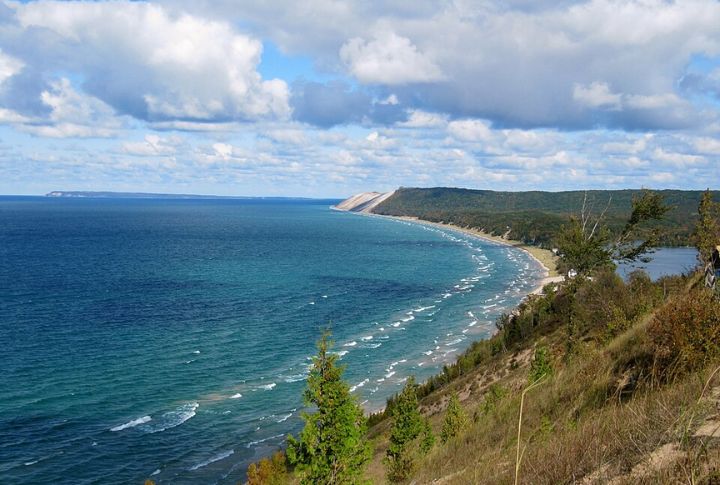
Lake Michigan supports major cities and ecosystems, yet it poses significant hazards to those who underestimate it. Dangerous currents and extreme weather patterns have made it a site of both awe and alarm. Keep reading to discover 10 facts that highlight the risks often overlooked by casual visitors and beachgoers.
Home To The World’s Largest Freshwater Sand Dunes
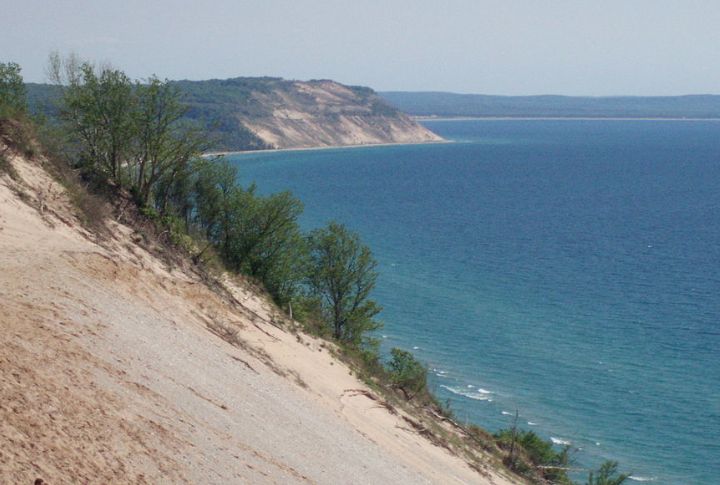
Sleeping Bear Dunes isn’t merely a scenic spot; it rises over 450 feet and stretches across 35 miles of shoreline. Named “Most Beautiful Place in America,” it invites adventure. But dune climbing? Beautiful, yes. But it is not always safe—those heights can deceive.
The Water Can Drop 15–20 Degrees In Minutes
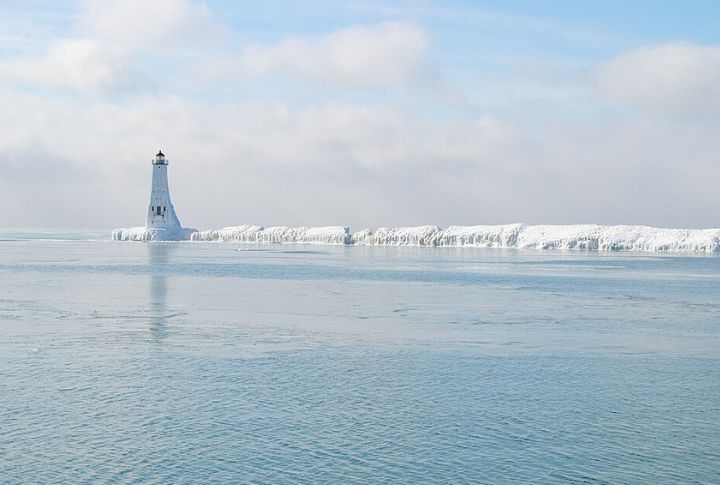
As a result of upwellings, Lake Michigan’s surface temperature can nosedive without warning. Even summer swimmers risk hypothermia. What feels like a refreshing dip can instantly become dangerous—especially when thermoclines create cold zones beneath deceptively warm surface water
It Creates Deadly Rip Currents With No Warning
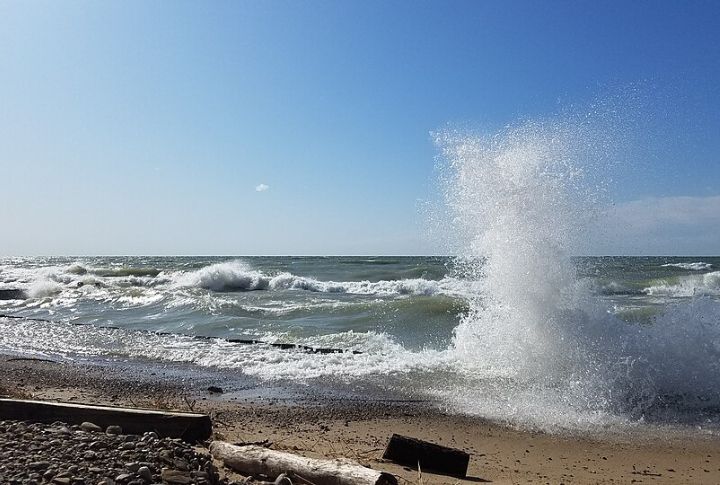
Lake Michigan’s rip currents take lives while the water still appears peaceful. Stronger than Olympic swimmers, they can reach speeds over five mph. The worst part? Most swimmers don’t realize they’re trapped until there’s no easy way back.
More Shipwrecks Lie Below Than In The Bermuda Triangle
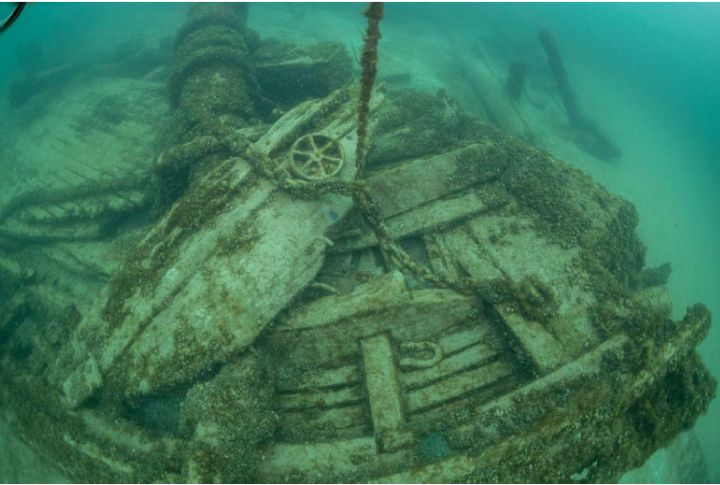
With over 1,500 sunken ships, Lake Michigan’s bottom is a preserved graveyard. The cold freshwater keeps wrecks eerily intact. Curious visitors don’t need scuba gear—glass-bottom boat tours offer a haunting look at maritime history frozen beneath the surface.
It Claims More Lives Than Any Other Lake In The Country
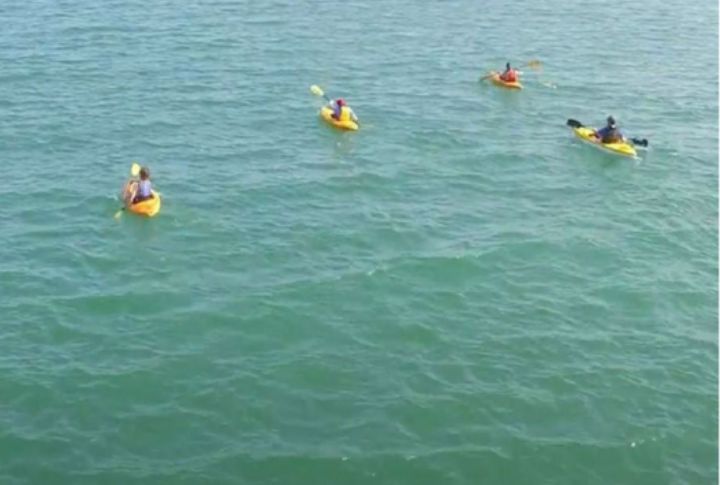
Since 2010, over 100 people have drowned in Lake Michigan, more than in any other U.S. lake. Strong swimmers are often among the victims, caught off guard by rapidly changing conditions. Rescuers struggle, too, due to unpredictable winds and waves.
One Town On Its Shore Vanished Without A Trace

Singapore, Michigan, once bustled with life—until nature took it back. By 1870, the lumber port was swallowed by shifting dunes. Today, some structures remain buried under the sand, their disappearance blamed on the very deforestation that fed its economy.
An Annual’ Dangerous Currents Awareness Day’ Exists Because Of It
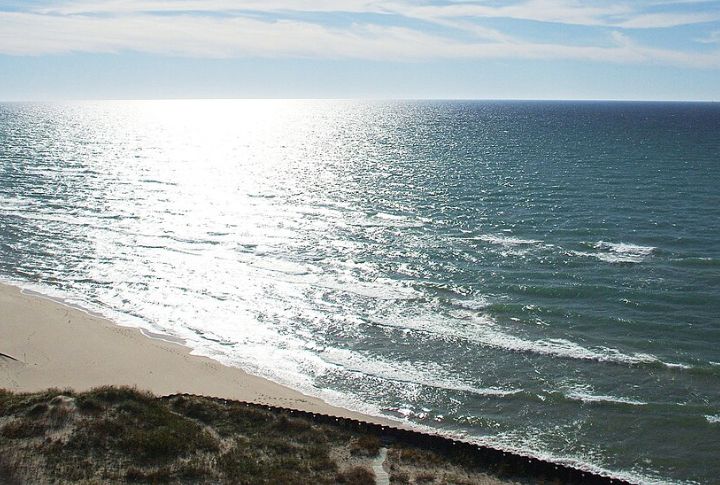
July now includes a day dedicated to saving lives on Lake Michigan. Declared by the state, this event brings lifeguards and meteorologists together to help alert beachgoers. Expect flag systems and even live broadcasts reminding everyone what danger looks like.
It Has A Freshwater Triangle That Mimics The Paranormal

The Lake Michigan Triangle links Ludington, Benton Harbor, and Manitowoc. It’s a hotspot for eerie disappearances—ships, planes, and compasses alike seem to lose their way. One of the most well-known incidents occurred in 1950 when Northwest Airlines Flight 2501, a passenger plane, mysteriously vanished over Lake Michigan.
Lake-Effect Storms Here Rival Coastal Hurricanes
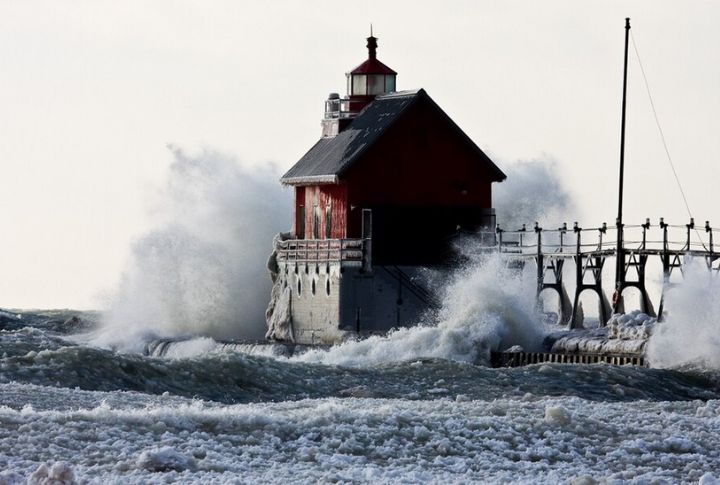
Waves as high as 20 feet? Not rare during Lake Michigan’s fiercest storms. Wind gusts blow past 70 mph, lifting docks and flooding towns miles inland. These seiches may not be hurricanes, but the inland chaos they cause feels just as destructive.
It Can Flip From Calm To Chaos In Under 10 Minutes
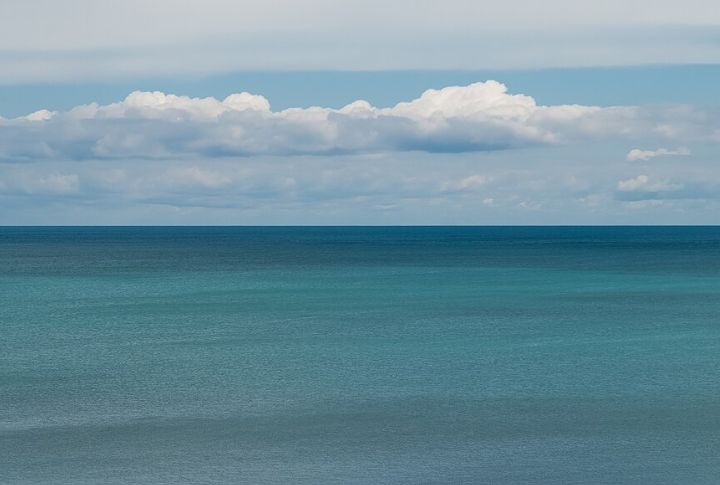
Out on Lake Michigan, clear skies mean nothing. A squall can sneak up fast, thanks to the flat Midwest terrain. Without warning, thunderheads roll in. NOAA’s hourly updates exist for a reason, but ignoring them is a mistake many boaters regret.
